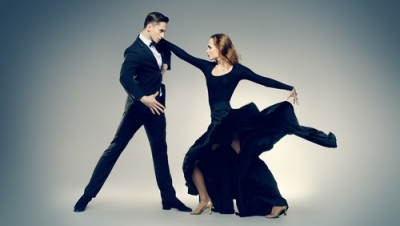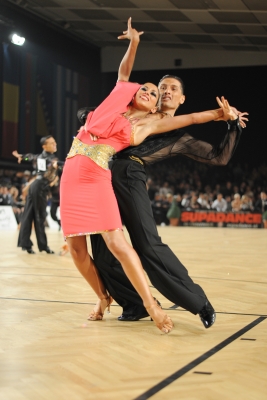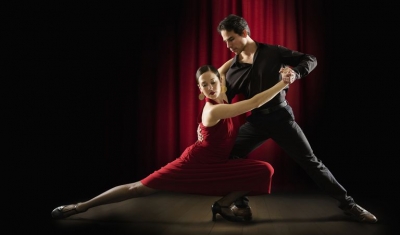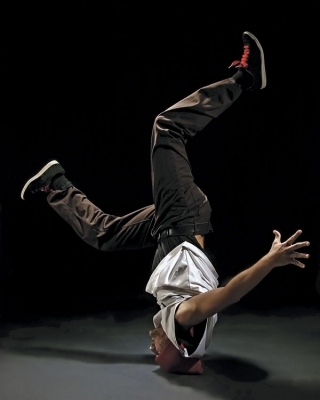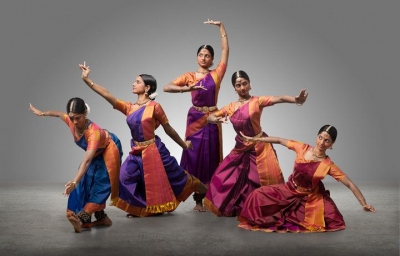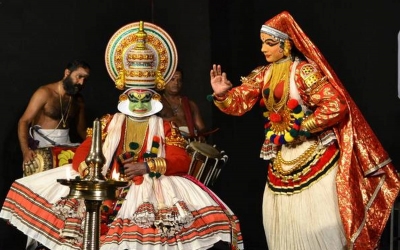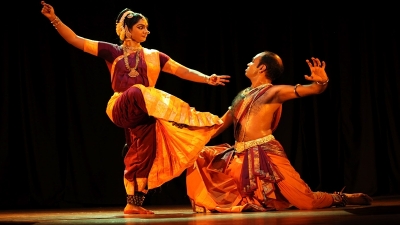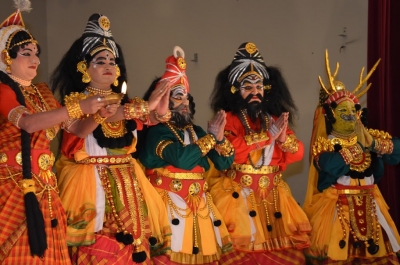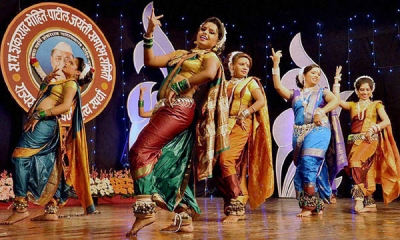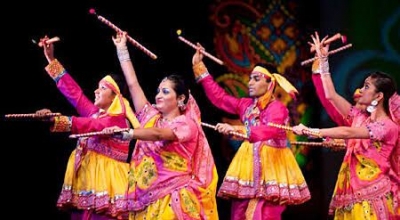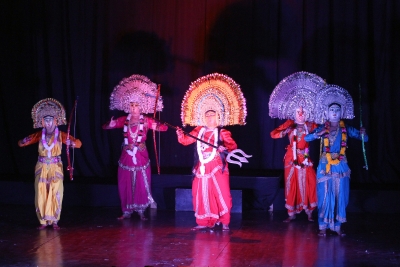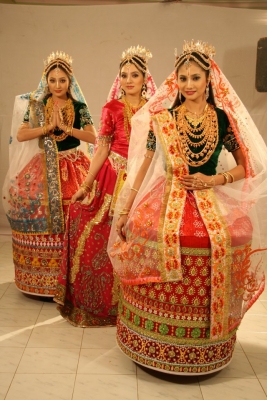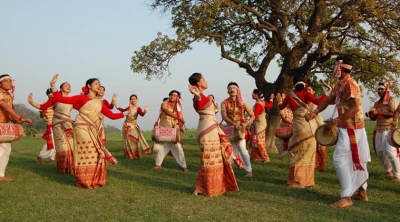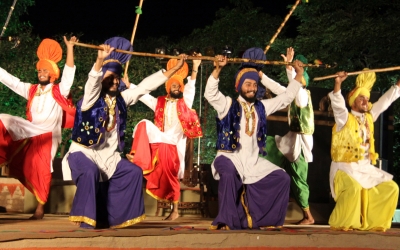Which dance form, usually accompanied by songs, a stick tapped on the floor to keep time, and guitar music, is associated with the Andalusian gypsies of Spain?
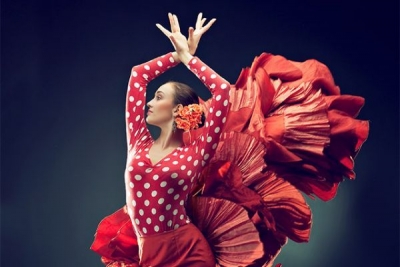
Flamenco, form of song, dance, and instrumental (mostly guitar) music commonly associated with the Andalusian Roma (Gypsies) of southern Spain. (There, the Roma people are called Gitanos.) The roots of flamenco, though somewhat mysterious, seem to lie in the Roma migration from Rajasthan (in northwest India) to Spain between the 9th and 14th centuries.
Flamenco dancers, known as bailaores and bailaoras, are serious and passionate. Typical of flamenco dance, a dancer will often stand motionless and free of expression for the first few moments of a song.
As the dancer begins to feel the music, the dancer might begin a steady beat of loud hand clapping. Then, as emotion builds, the dancer will begin a passionate dance. The dancing often involves fierce stomping, sometimes made louder with percussion attachments on the shoes, and graceful arm movements. Castanets are sometimes held in the hands for clicking, and folding fans are occasionally used for visual impact.
Picture Credit : Google
